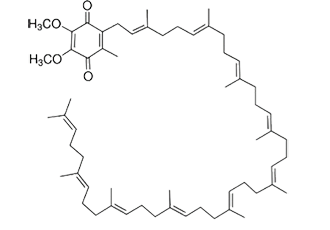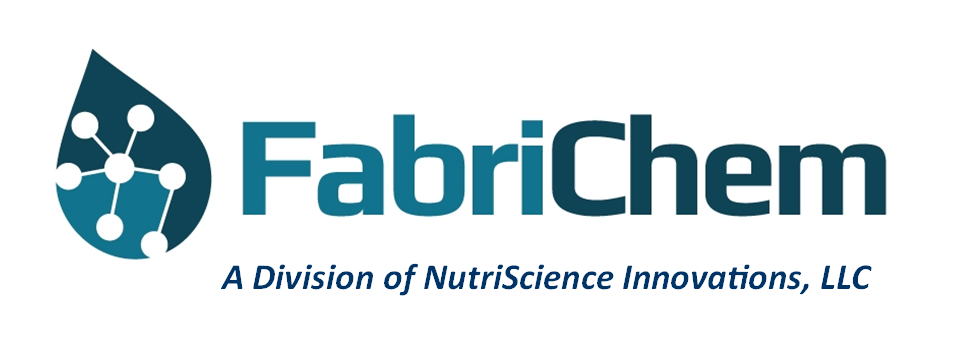Synonyms
q-10, ubiquinone 50, ubiquinone-10, CoQ10
Technical Data
CAS Number: 303-98-0
Molecular Formula: C59H90O4
Molecular Weight: 863.34
Beilstein Registry Number: 1900141
EC Number: 206-147-9
FabriChem Specifications
| ITEMS | SPECIFICATIONS |
| Appearance | Yellow to orange crystalline powder |
| Identification: | |
| Color Reaction | Blue color appears |
| IR | Corresponds qualitatively to the reference |
| HPLC | Corresponds qualitatively to the reference |
| Melting Point | 48.0° – 52.0° C |
| Water | 0.2% Max. |
| Residue on Ignition | 0.1% Max. |
| Particle Size | 100% through 80 Mesh
90% through 100 Mesh
|
| Heavy Metals | 10 ppm Max. |
| Arsenic | 2 ppm Max. |
| Lead | 2 ppm Max. |
| Mercury | 0.1 ppm Max. |
| Cadmium | 1 ppm Max. |
| Chromatographic Purity: | |
Test 1:
Sum of All Impurities
| 1.0% Max. |
Test 2:
Sum of All Impurities
| 1.0% Max. |
Total impurities
[sum of Test 1 + Test 2]
| 1.5% Max. |
Assay
(C59H90O4 calculated on anhydrous basis)
| 98.0% - 101.0% |
| Residual Solvents | As per USP |
| Microbiology: | |
| Standard Plate Count | 1,000 CFU/g Max. |
| Yeast & Mold | 50 CFU/g Max. |
| Coliforms | 3 CFU/g Max. |
| E. Coli | Negative / 10 g |
| Salmonella | Negative / 25 g |
| S. Aureus | Negative / 25 g |
| |
Molecular Structure

About
Coenzyme Q10, also known as Ubiquinone, Ubidecarenone, Coenzyme Q, and abbreviated at times to CoQ10, is a 1,4-benzoquinone, where Q refers to the quinone chemical group, and 10 refers to the number of isoprenyl chemical subunits in its tail. This oil-soluble, vitamin-like substance is present in most eukaryotic cells, primarily in the mitochondria.
It is a component of the electron transport chain and participates in aerobic cellular respiration, generating energy in the form of ATP. Ninety-five percent of the human body’s energy is generated this way.
Therefore, those organs with the highest energy requirements—such as the heart, liver and kidney—have the highest CoQ10 concentrations. There are three redox states of CoQ10: fully oxidized (ubiquinone), semiquinone (ubisemiquinone), and fully reduced (ubiquinol).
The capacity of this molecule to exist in a completely oxidized form and a completely reduced form enables it to perform its functions in the electron transport chain, and as an antioxidant, respectively.
Coenzyme Q10 has been used in anti-oxidant, anti-aging, and anti-wrinkle formulations.
[/columns2]
